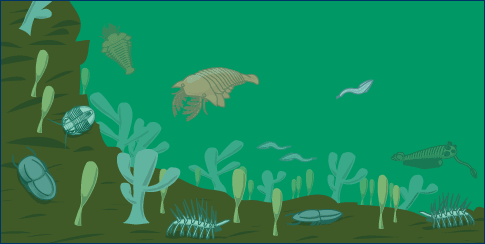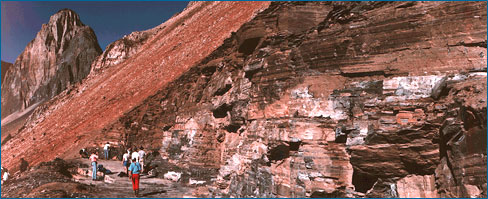Fossilization is not as common as we might think. Most organisms are eaten or decay before they can be fossilized, and even then, it is usually only the hard body parts, like bones and exoskeletons, that stay intact long enough to become fossils. But of course, there are some exceptions to these rules…

Occasionally, a disaster creates the right conditions for soft body parts to fossilize. A little more than a half a billion years ago, one or more massive underwater mudslides buried a whole community of ocean dwellers. The mud protected the entombed animals from decay and delivered a fossil “jackpot” to modern paleontologists. This find, known as the Burgess Shale, preserved an array of fascinating animals in their entirety.

